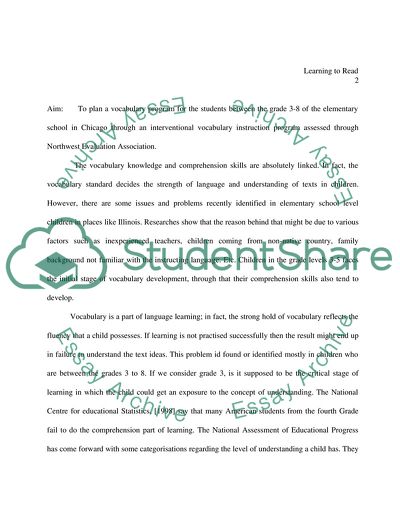Cite this document
(Design & Implementation of a School-Wide Vocabulary Program to Improve Coursework, n.d.)
Design & Implementation of a School-Wide Vocabulary Program to Improve Coursework. https://studentshare.org/humanitarian/1705806-design-implementation-of-a-school-wide-vocabulary-program-to-improve-reading-comprehension
Design & Implementation of a School-Wide Vocabulary Program to Improve Coursework. https://studentshare.org/humanitarian/1705806-design-implementation-of-a-school-wide-vocabulary-program-to-improve-reading-comprehension
(Design & Implementation of a School-Wide Vocabulary Program to Improve Coursework)
Design & Implementation of a School-Wide Vocabulary Program to Improve Coursework. https://studentshare.org/humanitarian/1705806-design-implementation-of-a-school-wide-vocabulary-program-to-improve-reading-comprehension.
Design & Implementation of a School-Wide Vocabulary Program to Improve Coursework. https://studentshare.org/humanitarian/1705806-design-implementation-of-a-school-wide-vocabulary-program-to-improve-reading-comprehension.
“Design & Implementation of a School-Wide Vocabulary Program to Improve Coursework”. https://studentshare.org/humanitarian/1705806-design-implementation-of-a-school-wide-vocabulary-program-to-improve-reading-comprehension.


